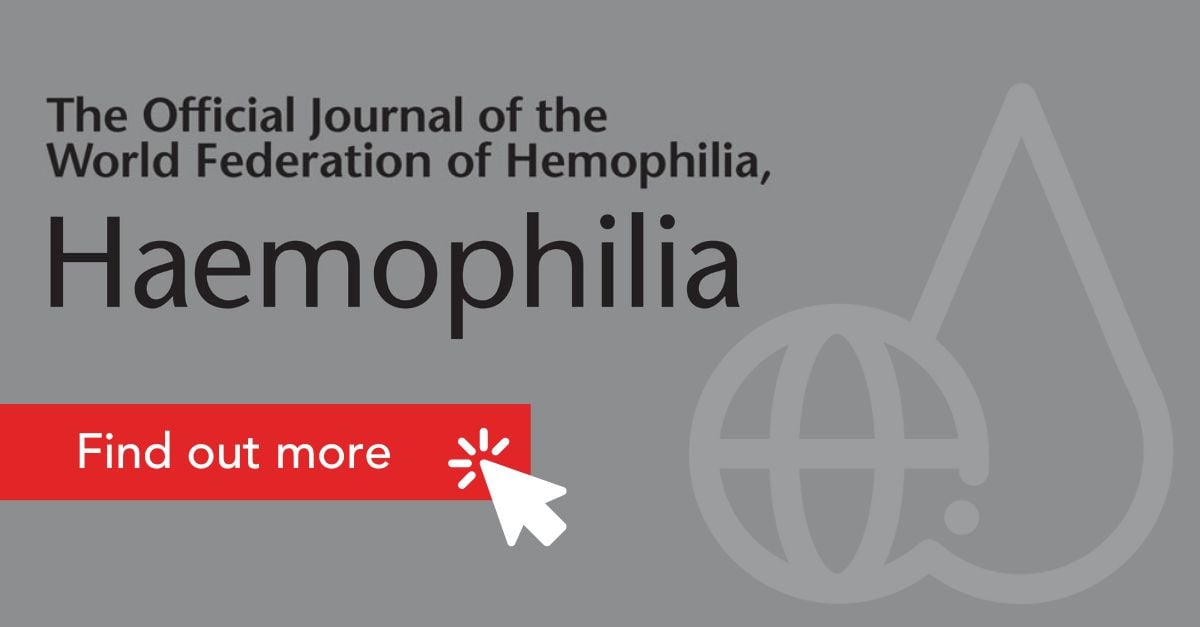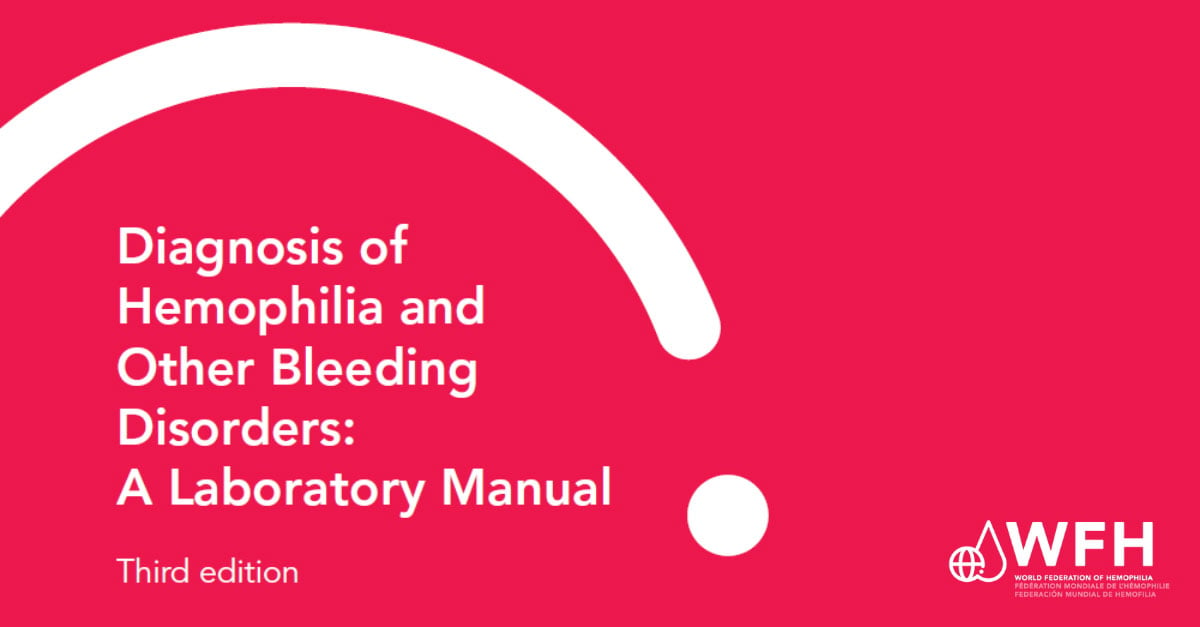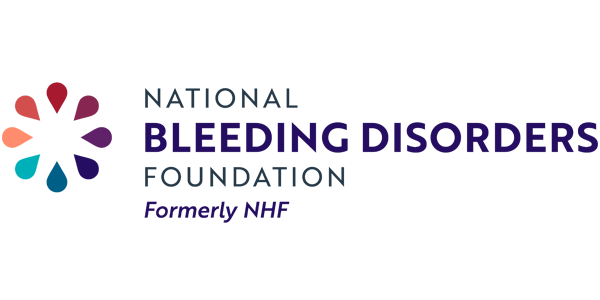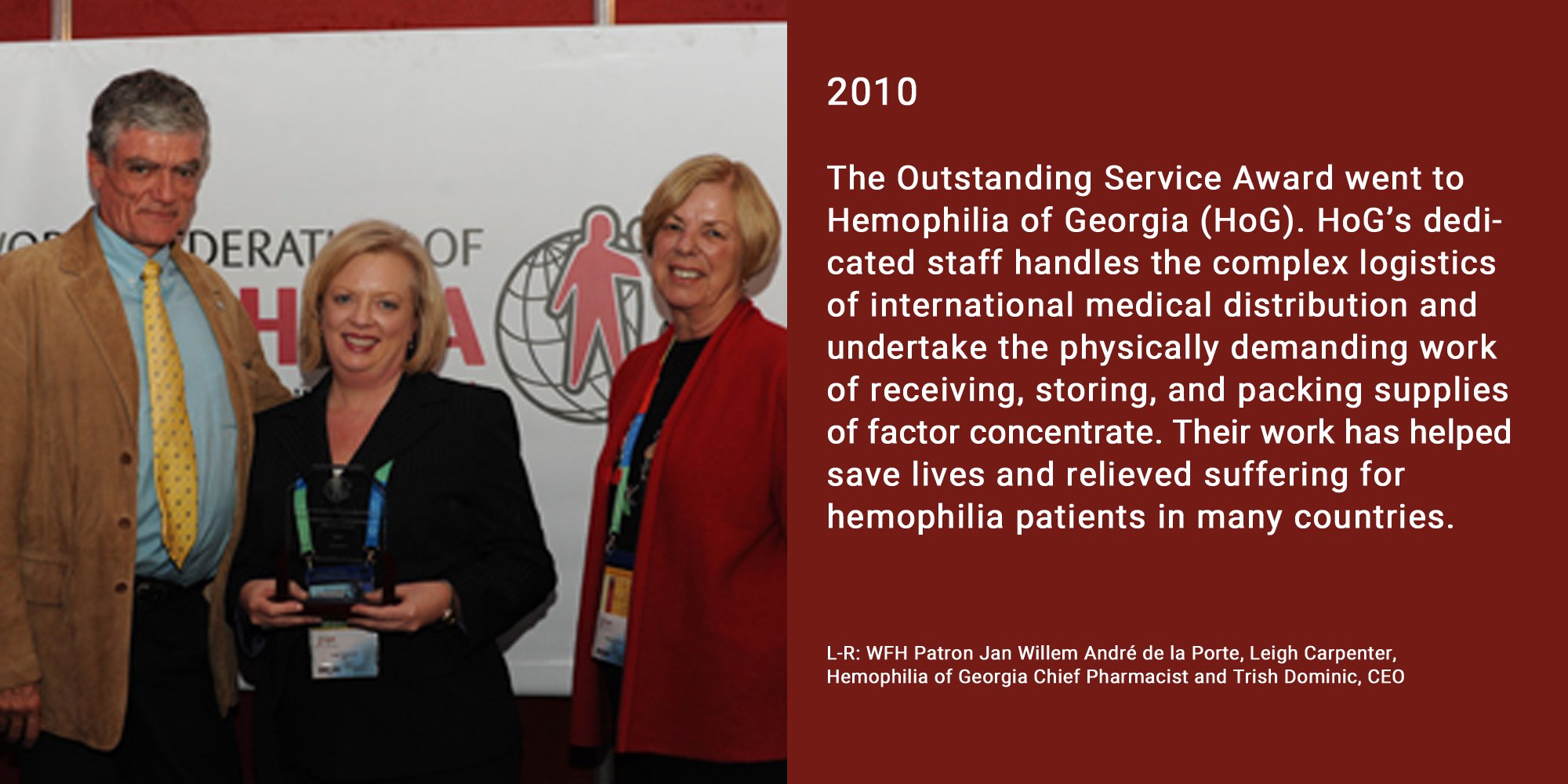Compared to the second edition published in 2010, the third edition incorporates significant advancements in diagnostic methodologies and laboratory practices. It expands-on several topics and covers new ones, such as:
- New tools for assessing laboratory quality
- Monitoring new therapies for hemophilia
- Congenital and acquired functional inhibitors
- von Willebrand disease (VWD) in resource-poor settings
- Antiphospholipid antibody syndrome
- Pediatric populations
- Fibrinolysis
These updates address the evolving landscape of hemostasis diagnostics, ensuring that laboratory practices align with current standards and technologies.
The third edition not only reflects the latest scientific and technological advancements but also emphasizes practical application through updated protocols. By adopting this edition, laboratories can enhance diagnostic accuracy, streamline workflows, and ensure compliance with contemporary best practices.
The third edition of the Diagnosis of Hemophilia and Other Bleeding Disorders: A Laboratory Manual is available for download through the WFH eLearning platform here.
We encourage all professionals involved in bleeding disorder diagnostics to use this comprehensive resource to stay abreast of current methodologies and improve patient outcomes.












